92
22
5 minutes
Suggested Articles

This Desert Skyscraper Stays Cool Using 13,000 Tons of Ice Every Day
Explore the fascinating story of an architectural giant in the desert—and how it needs to melt 13,000 tons of ice daily just to stay cool. Discover the challenges, tech innovations, and environmental lessons hidden in this extreme example of building design.
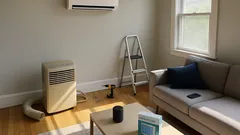
Why Americans are ditching portable ACs for this game-changing cooling upgrade
Gadgets & Reviews
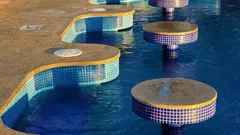
Communities harness solar sponges to turn ocean water into fresh hope
Gadgets & Reviews

How chasing infinite energy forever changed nature and the American West
AI & Everyday Tech

Tech leaders embrace waste-to-carbon solutions as Microsoft bets big on green AI
AI & Everyday Tech
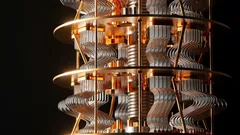
Ultra-efficient amplifier slashes quantum computer energy use by 90%
Gadgets & Reviews

DIY solar routers let you slash energy bills and control your power
Tech How-To Guides

Induction Cooktops Are Revolutionizing American Kitchens With Smart Cooking
Gadgets & Reviews
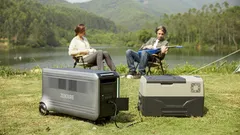
Travelers and campers embrace portable backpack laundry tech for freedom and clean clothes anywhere
Gadgets & Reviews
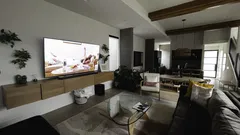
Parents and students unlock affordable learning as TVs become computers in every home
AI & Everyday Tech

Playing video games together strengthens relationships and sparks real connection
AI & Everyday Tech

US crypto pioneers transform bold risk into life-changing fortunes
AI & Everyday Tech

Sleep experts champion a smart anti-snoring belt for restful nights and healthier mornings
Gadgets & Reviews

Drivers use Google Maps and Waze to avoid fines but risk safety trade-offs
AI & Everyday Tech

App lovers seize this week’s best free premium downloads before time runs out
Smartphones & Apps

GeForce RTX 4000 owners unleash ultra-smooth gaming with NVIDIA’s AI-powered Smooth Motion
AI & Everyday Tech

Americans discover how changing toilet posture boosts digestion and daily energy
Gadgets & Reviews
 W3 CodeCraft
W3 CodeCraft

Comments